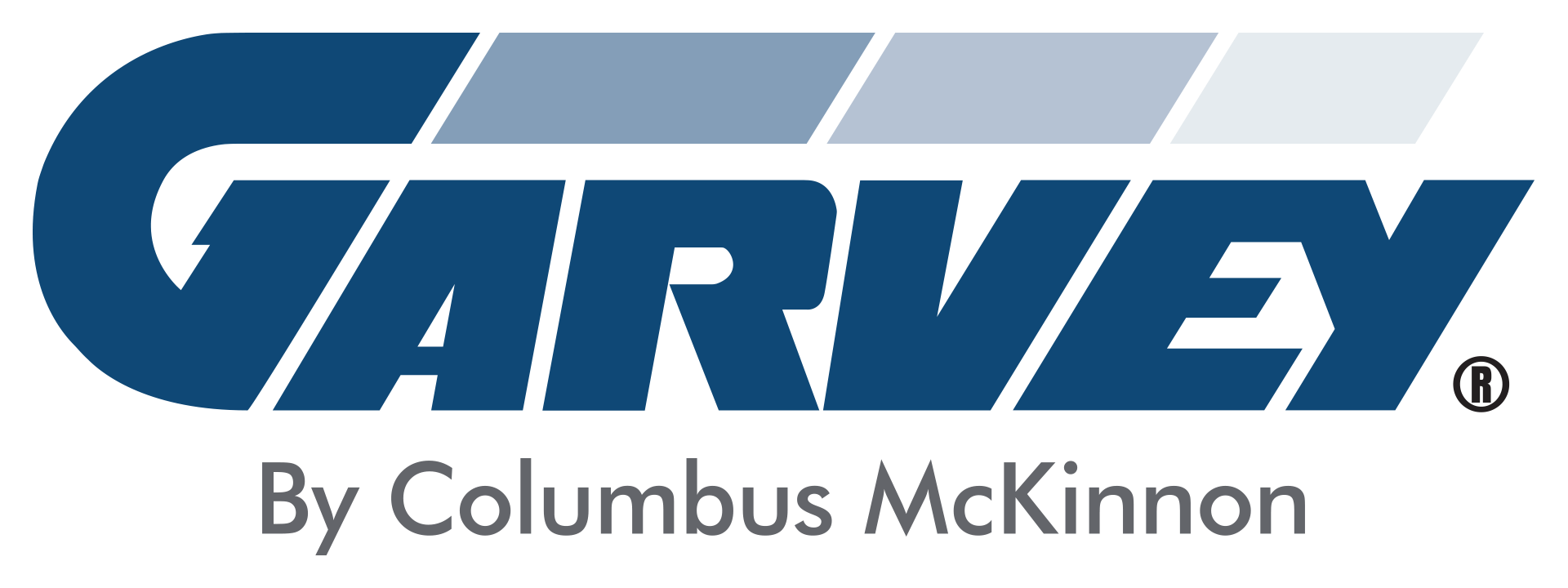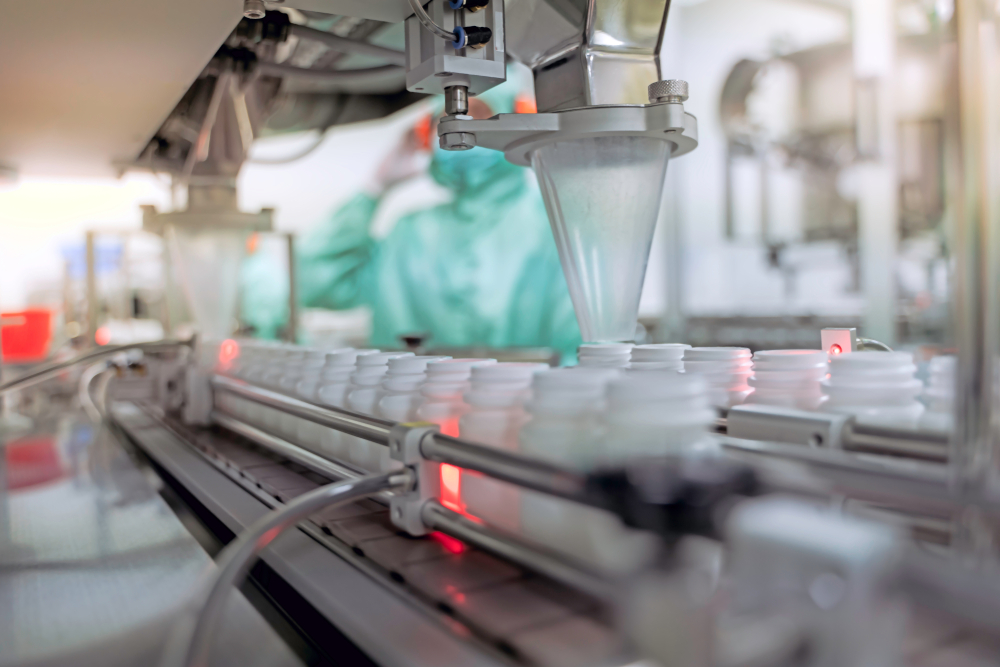The past few years have caused many regulators and manufacturers to review their production standards to keep up with demand while ensuring safety and compliance with pharmaceutical products.
Generally, the FDA ensures the quality of pharma products by monitoring manufacturers’ compliance with Current Good Manufacturing Practices (CGMP). These regulations significantly impact the industry and operate as a set of guidelines to ensure products are produced consistently and safely.
In this article, we will cover the specific regulations pharma producers need to comply with, the trends shaping the industry, and ways to improve efficiency.
CGMP Regulations
In the context of pharmaceutical packaging, CGMP regulations cover a wide range of topics, including:
- Facility design and maintenance: Regulations require that pharmaceutical packaging facilities be designed, constructed, and maintained in a way that promotes hygiene, prevents contamination, and ensures the safety of workers and products.
- Equipment calibration and maintenance: Packaging equipment must be regularly calibrated and maintained to ensure that it operates within specified parameters and produces consistent results.
- Materials sourcing and testing: Packaging materials must be sourced from reliable suppliers and undergo rigorous testing to ensure their quality and safety.
- Record keeping and documentation: Detailed records must be kept of all packaging processes, including raw material usage, equipment maintenance, and product testing. These records must be retained for a specified period and made available to regulatory authorities upon request.
- Quality control and assurance: Packaging processes must be subject to rigorous quality control and assurance procedures to ensure that the final product meets all established standards for safety, efficacy, and quality.
Packaging Trends In the Pharmaceutical Industry
Many new packaging practices and trends have been implemented in recent years to meet compliance and improve the safety and effectiveness of products. Some of these key changes are:
- Serialization: Serialization is the process of adding a unique identification code to each unit of a pharmaceutical product, such as a bottle or a box. This code allows the product to be tracked and traced throughout the supply chain, which can help prevent counterfeiting and ensure that only genuine products are being sold to consumers.
- Tamper-evident packaging: Tamper-evident packaging is designed to show evidence that the package has been tampered with, such as by using seals or shrink wrapping. This helps to ensure that the product has not been altered before it reaches the consumer.
- Environmental sustainability: Many pharmaceutical companies are also focusing on improving the environmental sustainability of their packaging by reducing the amount of packaging used, using more recyclable materials, and reducing the carbon footprint of the packaging production process.
- Reducing glass dependency: Pharmaceutical-quality glass is in high demand and increased during Covid-19. Manufacturers realized that glass dependency causes a bottleneck in getting products to patients. Since then, producers have been focusing on finding near and future alternatives for glass, such as plastics and polymers.
Improving Efficiency In Pharma Packaging
There are several ways to improve efficiency in pharmaceutical packaging, some of which include:
- Automation: Automation is a key tool for improving efficiency in pharmaceutical packaging. By automating certain packaging processes, such as labeling, cartoning, and inspection, manufacturers can increase throughput and reduce errors. Automation can be implemented in various ways, from adding or improving existing accumulation, conveying, and packaging systems, to adopting AI-driven technology to help forecast demand, improve inventory management, and reduce lead times.
- Standardization: Standardizing packaging materials and processes can simplify operations and reduce costs. For example, using standard-sized bottles or cartons can help to streamline filling and labeling processes and reduce the need for custom equipment.
- Lean manufacturing: Lean manufacturing is a philosophy that aims to reduce waste and improve efficiency by eliminating non-value-added activities. By implementing lean manufacturing principles in packaging operations, manufacturers can identify and eliminate unnecessary steps, reduce downtime, and improve overall productivity.
- Supply chain optimization: Optimizing the supply chain can help to reduce lead times, improve inventory management, and reduce costs. This can involve working closely with suppliers to ensure timely materials delivery and using advanced analytics tools to forecast demand and optimize inventory levels.
- Continuous improvement: Continuous improvement is an ongoing process of identifying and addressing areas for improvement. By regularly reviewing packaging processes, analyzing performance metrics, and implementing process improvements, manufacturers can achieve incremental gains in efficiency over time.
Adapting to the Future of Pharma Packaging
Improving efficiency in pharmaceutical packaging and staying compliant requires a systematic approach involving process improvements, technology investments, and organizational changes. By adopting a proactive approach to improving efficiency, manufacturers can improve their competitiveness, reduce costs, and better serve the needs of their customers.
If you are looking for solutions to improve your packaging process, let us know.




